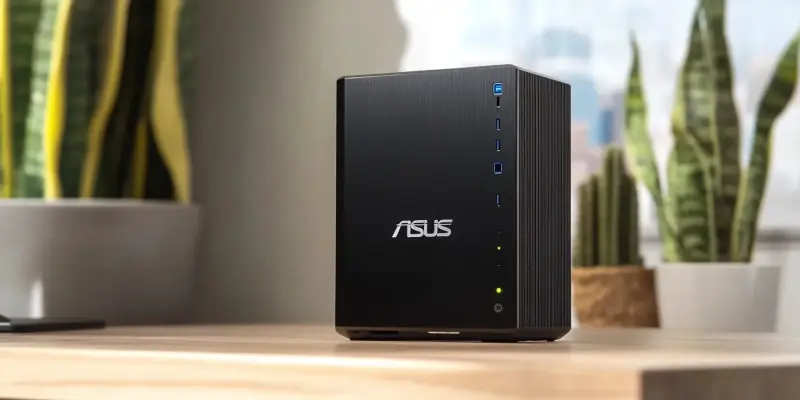Asus has been addressing reports suggesting that its new Q-Release Slim system may potentially damage motherboards, specifically the 800-series models. Designed to facilitate the removal of graphics cards (GPUs) and other PCIe add-in boards (AIBs), this innovative mechanism allows users to easily lift the card out of the slot. Despite these efforts, some users have raised concerns about potential damage, prompting Asus to take a closer look at the matter. According to Asus, internal testing did not reveal any defects or significant causes for concern, with the company attributing wear marks to normal repeated use of any PCIe slot. However, the company acknowledged users’ complaints and has pledged to provide customer service support for anyone affected by this issue.
The initial reports of potential problems with the Q-Release Slim system emerged from BiliBili users and Andreas Schilling from Hardwareluxx. These reports noted that GPUs could become stuck in the slots, potentially causing damage to the PCIe connectors due to the new mechanism. Schilling observed marks on the connectors after numerous test installations, an action he noted was not representative of typical user behavior. In response to these findings, Asus pointed out that normal users would not likely face significant risk, given the infrequent need to remove GPUs compared to repeated testing scenarios.
The core issue revolves around the conflicting experiences between user feedback and Asus’ testing results. Asus maintains that the Q-Release Slim mechanism is sound and that normal wear is expected with repeated use without affecting performance. However, user reports suggest instances of difficulty and potential damage during the removal process. Throughout the controversy, Asus has shown commitment to supporting affected users, indicating a priority on customer satisfaction and addressing concerns head-on.
Industry trends toward improving component accessibility and user convenience are not unique to Asus. Competing manufacturer MSI is also developing similar solutions for GPU removal, highlighting the broader movement towards user-friendly designs in motherboard technology. Both companies are actively exploring alternate installation mechanisms for PCIe cards and M.2 drives, signifying ongoing innovation aimed at enhancing overall user experience and hardware reliability.
In conclusion, the implementation of Asus’ Q-Release Slim system has attracted significant attention, sparking a debate between the company’s testing assurances and users’ real-world experiences. Asus’ assertion of minimal risk contrasts with some users’ reports of difficulties, underlining a need for continued dialogue between users and manufacturers to refine new hardware features. While the Q-Release Slim system is a novel addition, this discussion highlights the importance of balancing innovation with user feedback to ensure reliable and effective solutions in motherboard design.

